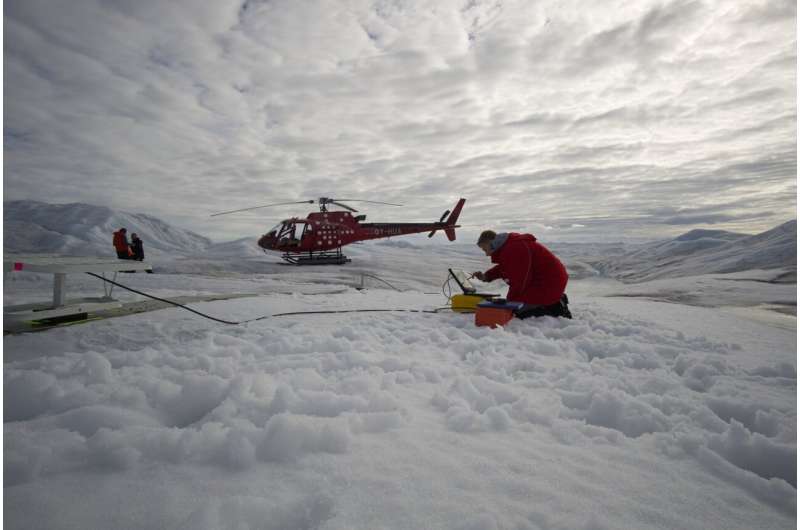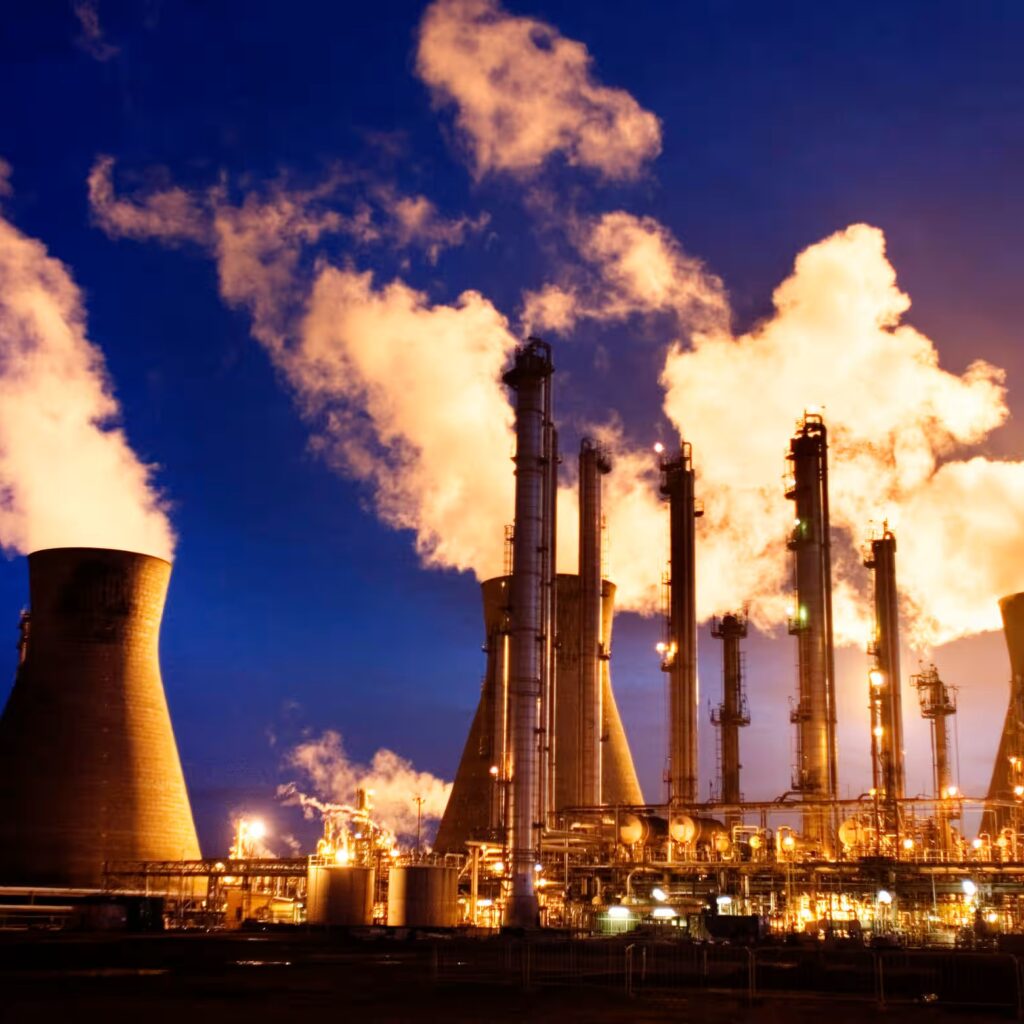
The full extent of the damage in Gaza has not yet been documented, but an analysis of satellite imagery shows the destruction of about 38-48% of tree cover and farmland.
Olive groves and farms have been reduced to packed earth, and munitions and toxins have contaminated soil and groundwater. The sea is choked with sewage and waste, and the air is polluted by smoke and particulate matter.
Researchers and environmental organisations say the destruction will have enormous effects on Gaza’s ecosystems and biodiversity. The scale and potential long-term impact of the damage have led to calls for it to be regarded as “ecocide” and investigated as a possible war crime. Read More
News Credit: The Guardian
Picture Credit: AFP/Getty











